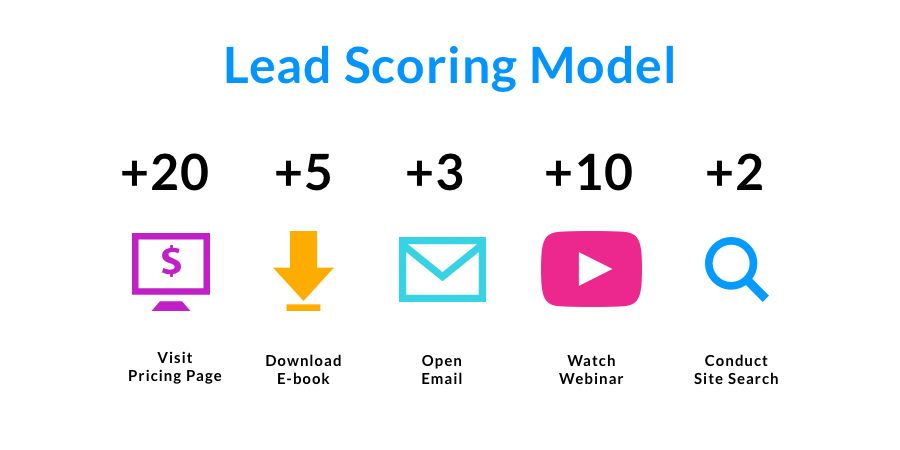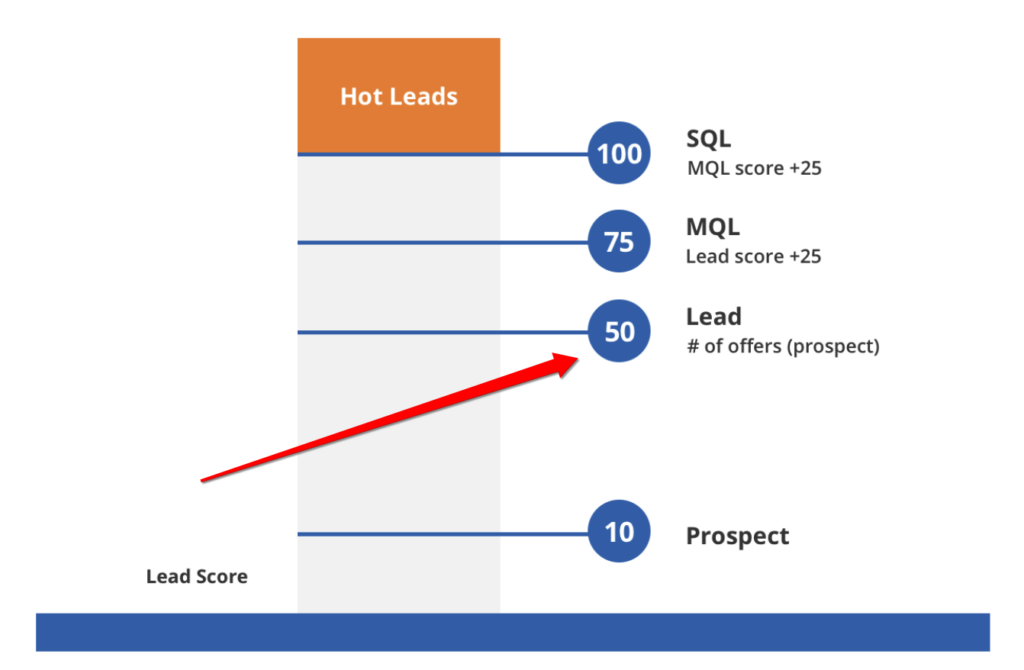Not all leads are equal. Some are just entering the sales funnel and are at the top in the awareness stage where they’re just getting their bearings and doing preliminary research. Others are a bit further down in the interest or desire stages where they understand your product and are considering making a purchase. And others are at the very bottom in the action stage where they’re right on the verge of converting. One of the best ways to sort through leads and ensure you deliver the right outreach at the right time is with lead-scoring algorithms, which can increase conversions by up to 20%.
Here’s why lead-scoring algorithms are so potent and why they’re worth implementing into your sales operations.
The Rise of Sales Technology
First, let me point out that sales technology in general has seen a sharp rise in recent years. A 2020 LinkedIn study found that nearly half (47%) of sales professionals use technology at least once a day — a number that has presumably risen even more over the past three years. The study also found that “more than 52% of sales professionals said they planned to use more sales technology,” and “74% of those who use an intelligence tool state that it plays a critical role in closing deals.”
In 2023, technology is being used in nearly all aspects of sales, boasting impressive results. And lead-scoring algorithms are no exception. It’s taken a process that formerly had to be done manually and was quite time-consuming and given it a shot in the arm. While I’m not surprised that lead-scoring algorithms can have a positive impact on conversions, I was honestly amazed that it can be as high as 20%!
This shows the potentially game-changing nature of this technology and why it should be on every sales team’s radar, especially if lead management is something you’ve historically struggled with. Now that we have some perspective on exactly what lead-scoring algorithms are capable of, let’s look at two specific reasons why they help sales teams boost conversions.
They Help You Identify High-Value Leads
As I mentioned earlier, there can be a big disparity in where leads are in the sales funnel. Most initially start at the top in the awareness stage and have to be nurtured before they’re sales-ready.
But here’s what’s crazy. “61% of marketers send all of their leads to sales even though only 27% are actually qualified.” Not only is this a huge waste of time where reps reach out to a ton of leads that are unlikely to convert, it can be annoying to leads when what they need is more information rather than a hyper-aggressive sales plug.
Perhaps the biggest benefit of lead-scoring algorithms is that they help you identify high-value leads quickly and reliably. Here’s an example.
By using a points-based lead-scoring model, you can assign each lead a score based on specific actions such as visiting your homepage, clicking on a blog post, visiting your pricing page, or downloading an eBook. Actions like visiting a homepage and clicking on a blog post would show relatively small intent to buy and, consequently, receive fewer points than actions like visiting your pricing page or downloading an eBook, which would assign more points.
In turn, you can objectively identify a lead’s current value and rank them accordingly. A lead score of 50, for example, would be just a basic lead.
A lead with 75 points would be a marketing qualified lead (MQL).
And a lead with 100 points would be a sales qualified lead (SQL), which would be a high-value lead that your reps would want to prioritize over all others.
The end result would be reaching out to hot leads right when they’re most receptive, thus greatly increasing your chances of converting.
They Streamline Lead Nurturing
The other key purpose of lead-scoring algorithms is that they can enhance lead nurturing so those that aren’t ready for a sales conversation can receive the right information to educate them and build rapport until they are ready.
Say, for instance, a lead received a score of 75 points using the model above are were identified as an MQL. You could put them in an email drip campaign and send them relevant newsletters, videos, and blog posts so they can learn more about your product and get comfortable with your brand. This could be followed by case studies, competition comparisons, testimonials, or free trials, gradually nurturing them until they become high-value leads.
Instead of “going for the jugular” prematurely and squandering employee resources while potentially turning off leads, this would allow you to get the absolute most out of everyone who enters your sales funnel, regardless of the stage they start out at. It’s basically a two-pronged attack where you’re able to quickly identify and reach out to high-value leads and effectively nurture those that aren’t yet sales-ready until they’re eventually prepared for a sales conversation.
All the while, you’re generating accurate, objective data and basing your decisions around sophisticated intelligence rather than “just a hunch.” When you put it all together, it’s easy to see why conversions can increase by as much as 20%. If you want to learn more about lead scoring software and get a comparison of today’s top products, I suggest checking out this resource from G2.
Revving Up Conversions with Lead-Scoring Algorithms
One of the biggest hindrances to reaching full conversion potential is treating all leads the same. As we’ve learned, the majority of leads aren’t initially sales-ready and each lead is at a different stage in the sales funnel.
Lead-scoring algorithms are one of the best tools for sorting out leads so you’ll know which ones to focus on right off the bat and which ones to nurture. That way, you can simultaneously optimize your sales outreach process and get your conversion rate as high as it can possibly be.
And if you’re looking to optimize your sales recruiting, check out HireDNA. 92% of recommended candidates through HireDNA climb to the top of the sales force within one year, and it eliminates 96% of hiring mistakes.









